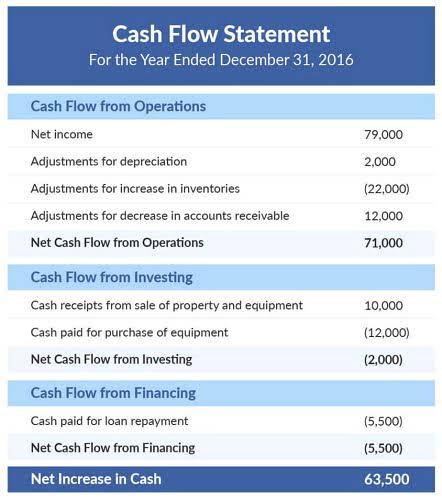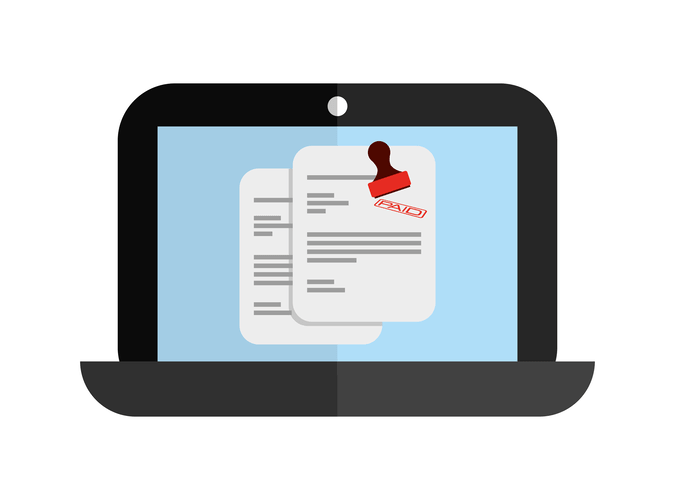
Considering the trade-off between acquiring new spares and the cost of retaining inventory, some obsolete inventory may be classified for retention as possible spares for the future. For instance, some items might be required for incorporation in future plans and some items may need balance sheet retention as difficult-to-obtain possible spares. For example, below, for a family of items, we can see week by week the evolution of risks, gradually reduced from more than $1.1M to less than $500k in 26 weeks. There is no doubt for this company, which uses Intuiflow, that the E&O provisions will decrease at the end of the fiscal year, which will improve the P&L…. In many companies, this E&O risk assessment process is only a periodic review, which takes place long after the events that generated it.
Top 4 Sales and Operations Planning (S&OP) Software for Demand-Driven Planning
- An excess inventory reserve is a provision created by a business to account for the potential loss in inventory value due to excess inventory.
- The review may include an analysis of the market demand for the product and the likelihood of the inventory being sold within a reasonable period.
- The aging analysis method categorizes inventory by the length of time items have been held.
- By considering various perspectives and employing strategic measures, businesses can turn the challenge of obsolescence into an opportunity for growth and resilience.
- This transparency is essential for investors and creditors who rely on financial statements to assess financial health.
This reduces the carrying amount of inventory to its net realizable value, impacting the total asset value reported on the balance sheet. Understand inventory reserves in accounting, their calculation, presentation, adjustments, and tax implications for accurate financial reporting. As a final step, any increase in a company’s inventory reserves on the balance sheet prompts an equal increase in the COGS on the income statement.
Accounting Presentation
E&O are subject to a financial review at least annually, or quarterly in particular for listed companies. To recognize the fall in value of obsolete inventory, companies must write-down or write-off the inventory in their financial statements in accordance with generally accepted accounting principles (GAAP). A write-down occurs if the market value of the inventory falls below the cost reported on the financial statements. The write-down of obsolete inventory reduces total current assets, which can weaken liquidity ratios like the current ratio and quick ratio. It also affects inventory turnover ratios, indicating lower efficiency in inventory management. The percentage of sales method estimates reserves as a fixed percentage of sales revenue, making it ideal for businesses with stable sales patterns.

Why is it Important to Account for Excess and Obsolete Inventory?
- The journal entry above removes the value of obsolete inventory from both the company’s inventory balance sheet and its income statement.
- It reflects a realistic assessment of what part of the inventory has lost its value, allowing for more accurate profit reporting and tax benefits.
- This involves reviewing provisions regularly to ensure they remain relevant and accurate, considering changes in economic conditions, business risks, and other factors.
- As such, inventories are made up of goods that have future economic value, which qualifies them as assets.
- The strategies for managing obsolete stock require a multifaceted approach, considering factors such as market trends, customer preferences, and the cost of storage versus the potential recovery value.
- The Demand Driven operating model makes it easy to identify unsuitable MOQs and expiration risks – and adapt the model to reduce risk exposure.
- One is to have an experienced group of users examine the entire inventory on an ongoing basis and figure out exactly which items are obsolete.
Using a software reserve for obsolete inventory like Qbox can save you significant time and labor by automating many of the steps in estimating, managing, and storing estimated provisions. Transparent disclosure is also vital, allowing stakeholders to understand an organization’s potential risks and liabilities. Maintaining detailed documentation for provisions is crucial, as it helps auditors and stakeholders understand the rationale behind each provision.

Inventory Reserve Journal Entry Example
In conclusion, managing obsolete inventory effectively is essential for maintaining accurate financial statements and optimizing business performance. Write-downs, write-offs, and proceeds from sales are key strategies used by companies to address obsolete inventory, each with its unique implications for profitability, cash flow, and operational efficiency. The write-down journal entry (Journal Entry 1) debits the expense account, Inventory Obsolescence, and credits the contra asset account, Allowance for Obsolete Inventory. In the ever-evolving landscape of business, inventory management remains a critical cornerstone that can dictate the success or failure of an enterprise.
To ensure the company’s records remain accurate, you may need to “write off” (reduce to zero value) obsolete inventory from your asset register and recognize the expense in a corresponding entry. Although net profits may suffer in the short term, overstated asset values tend to skew financial ratios that bankers, managers, and auditors use to assess the financial health of your business. Generally, companies record allowance reserves to account for inventory losses arising from shrinkage, obsolescence, and excess inventory. The inventory will remain on the company balance sheet for quite some time before reaching the expired date and becoming obsolete.

Account
The warehouse manager of Mole Industries wants to investigate the extent of obsolete inventory in his warehouse, so that he can remove items and consolidate the remaining inventory. He prints a parts usage report from the company’s manufacturing resource planning system that only shows the cost of those items that are in stock and have not been used for at least two years. The total cost listed on this report is $182,000, which is 19% of the total book value of the entire inventory. The warehouse manager brings this high percentage to the attention of the purchasing manager, who immediately contacts suppliers to see if they will take back the https://tampaclothing.com/understanding-activity-based-costing-abc/ obsolete items in exchange for a restocking fee. To better understand obsolete inventory, it is essential to take a closer look at its characteristics. Obsolete inventory typically has no demand in the current market and has a low or no resale value.
